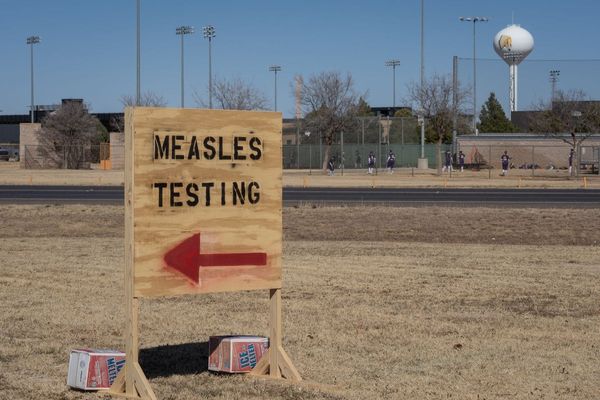THE global fashion industry is generating enough clothing to give every person in Scotland more than 2200 "new" outfits, a charity has said.
Oxfam released the figures to mark the launch of the annual Second Hand September campaign, which urges people to shop more sustainably and donate unwanted clothes.
The charity estimated that up to 40% of garments produced worldwide – around 46 billion items – are never sold or worn, warning that by 2050 the figure could rise to 138bn unworn garments annually, further fuelling the climate crisis.
The research also examined unused clothing already sitting in wardrobes and estimated that the UK population owns 1.6bn items of clothing that are not being worn. If reused, it would be enough to clothe the population of Edinburgh for more than 500 years, or around 20 generations.
Oxfam said the findings show the potential to cut waste and emissions by reusing clothing rather than buying new.
The warning comes as official figures show Scotland’s carbon footprint has increased by 14.6% between 2020 and 2021, after falling during the pandemic. The rise was driven largely by emissions linked to imported goods and services such as clothing.
The charity has said switching to second hand shopping is a practical way for people to reduce their environmental impact.
Tom Richardson, Oxfam’s head of operations in Scotland, said: “Second Hand September is all about dressing for the world you want to see. Globally, millions of clothes are produced every year that are never even worn, a staggering waste of resources and energy. Here in Scotland, shopping second hand isn’t just a sustainable choice, it’s a stylish and affordable one too.
“By donating and buying clothes at Oxfam, people are helping to cut the demand for new clothing, reduce waste, protect the planet, and raise vital funds for Oxfam’s work tackling poverty. It’s fashion that looks good, feels good, and does good.”
Oxfam also highlighted research showing that in the UK, clothing is worn fewer than five times on average before being left in the wardrobe, where it spends more than 99% of its lifetime. The charity said this represents a waste of money and resources and contributes to unnecessary carbon emissions.
Previous analysis by Oxfam found that if all UK adults bought half of their next wardrobe second hand, it could prevent 12.5bn kilogrammes of carbon dioxide emissions – the equivalent of flying around the world more than 17,000 times.
Second Hand September first launched in 2019, and the campaign has since encouraged thousands of people to reduce their reliance on new clothing by shopping and donating second hand items.
Oxfam said keeping clothing in circulation helps to reduce demand for new production, which generates pollution during manufacturing, and that the campaign not only helps cut waste and emissions but also raises funds for its global work tackling poverty and inequality.
The charity warned that if current trends continue, the number of unworn clothes produced globally each year will triple by 2050.







